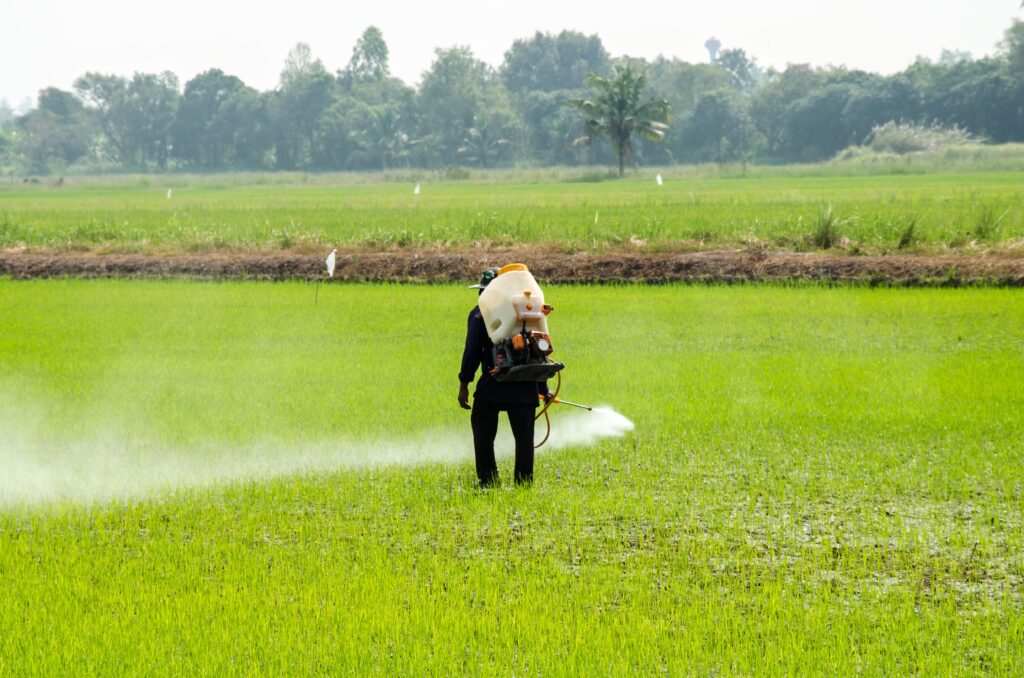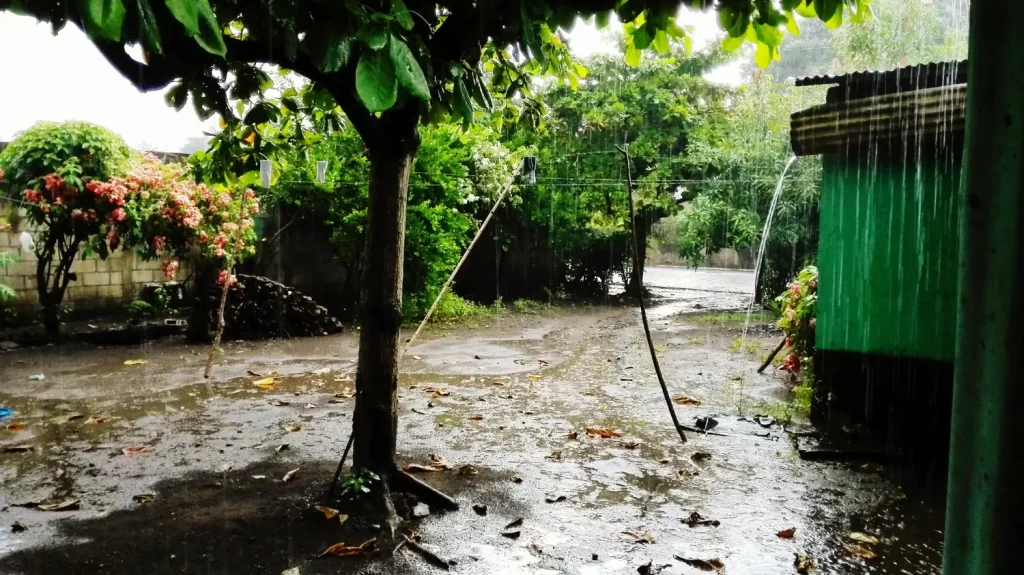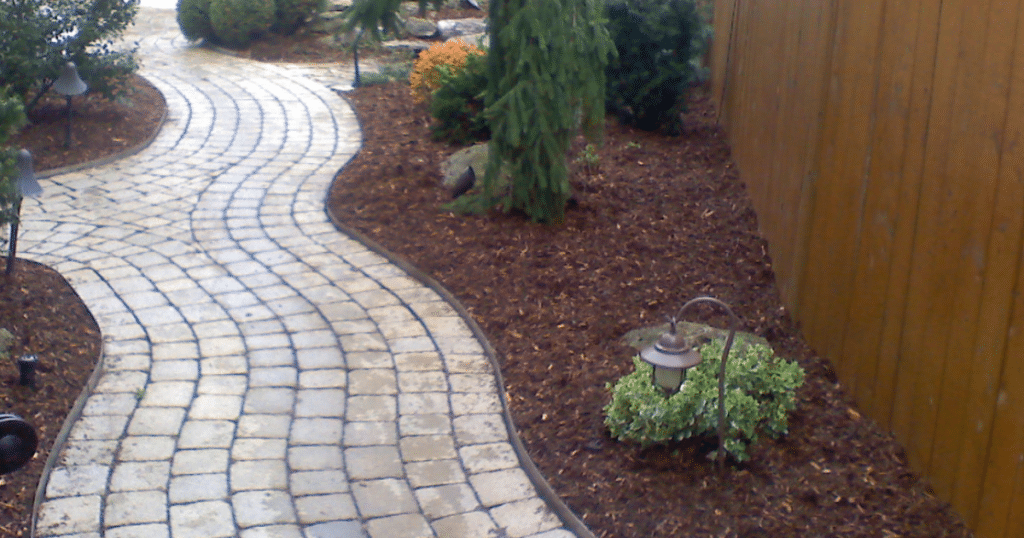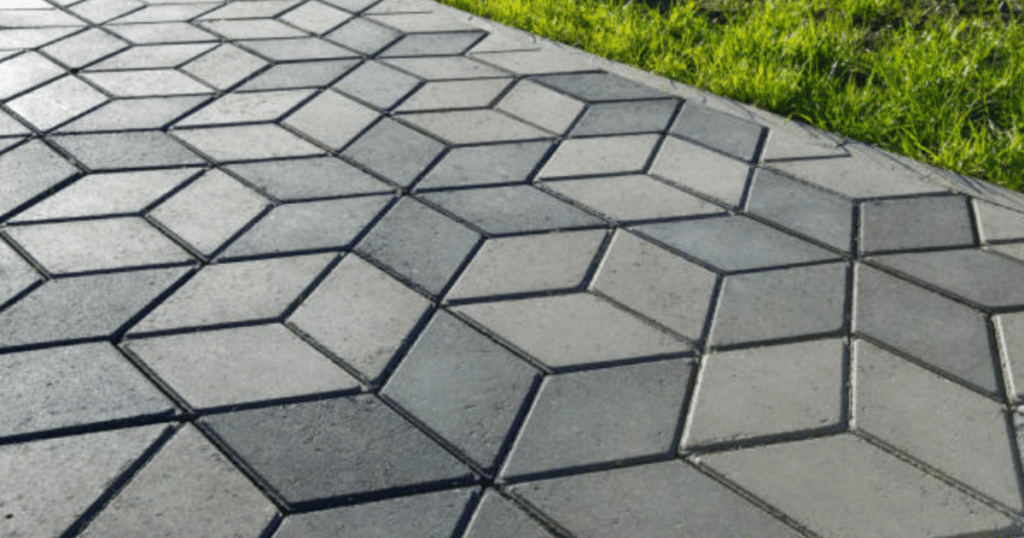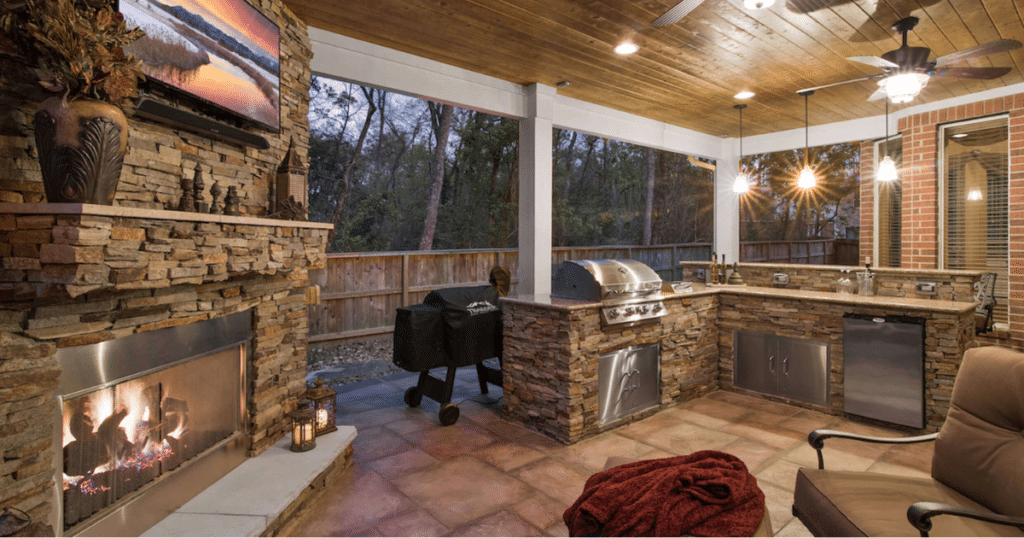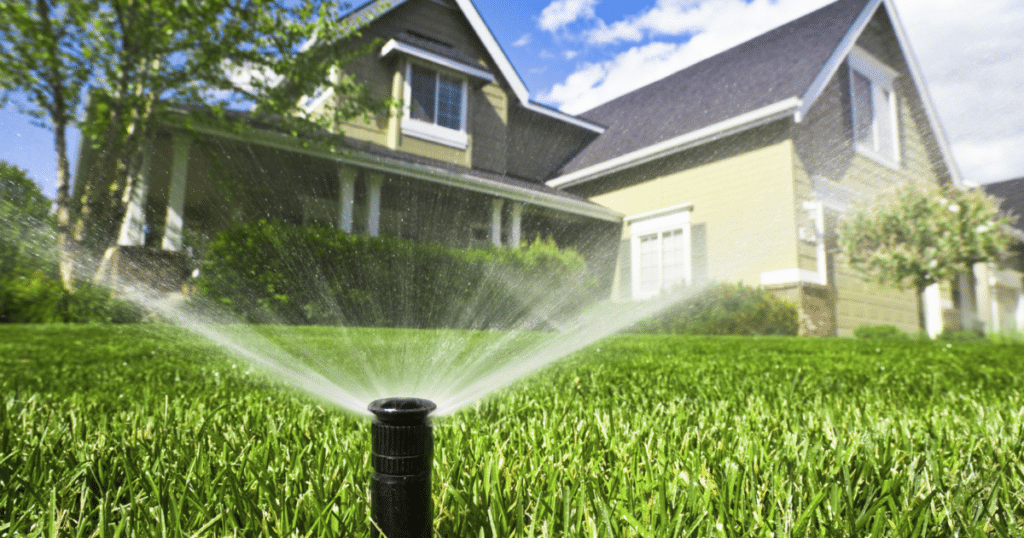Understanding the Risks of Snow Piles
As winter blankets the landscape in an intense layer of snow, it brings with it a picturesque scenery that often captivates our senses. However, beneath the beauty lies a potential hazard that is frequently overlooked – the seemingly harmless snow pile. While these mounds of snow may appear innocent, they harbour hidden dangers that can pose risks to both property and personal safety.
Infrastructure Impact
One of the lesser-known dangers of snow piles is their impact on infrastructure. As snow accumulates and is piled up in parking lots, along streets, and around buildings, it can create an excessive weight load on structures such as roofs and awnings. This added weight, especially when accompanied by thawing and refreezing cycles, increases the risk of structural damage. Overloaded roofs may collapse, leading to costly repairs and endangering anyone beneath or inside the affected buildings.
Drainage Systems
Moreover, as snow piles accumulate near roadways, they can obstruct drainage systems. When the snow melts, the water needs a clear path to flow away. Blocked drainage can result in localized flooding, posing a threat to nearby homes and businesses. Additionally, the meltwater can seep into cracks and crevices, causing damage to roads and pavements. The hidden dangers of snow piles extend beyond their immediate presence, impacting the very foundations of our built environment.
Pedestrian Hazards
On a personal level, navigating snow piles can be treacherous. The innocent-looking mounds often conceal uneven surfaces, icy patches, and hidden obstacles. Pedestrians may find themselves unexpectedly tripping or slipping, leading to injuries ranging from minor bruises to more severe fractures. Furthermore, the accumulation of snow around entrances and exits can create barriers that hinder emergency egress, putting lives at risk during critical situations.
Driving Difficulties
Snow piles also present challenges for drivers. As plows clear the roads and create towering mounds at intersections or along the roadside, visibility can be significantly compromised. Motorists may struggle to see oncoming traffic, pedestrians, or traffic signals, increasing the likelihood of accidents. Additionally, the melting and refreezing of snow piles can contribute to the formation of black ice, creating slippery conditions that make driving hazardous.
Environmental Faults
Environmental concerns add another layer to the hidden dangers of snow piles. When the snow eventually melts, the piles act as reservoirs for debris and pollutants, collecting everything from road salt to automotive fluids. As this mixture leaches into the soil and nearby water bodies, it can harm ecosystems and compromise water quality. The impact is not only local but can have far-reaching consequences for the environment.
While the winter season brings with it a sense of wonder and tranquility, it’s crucial to recognize the hidden dangers that lurk beneath the snow surface. From the structural risks to property and infrastructure, to the personal hazards for pedestrians and drivers, and the environmental repercussions, snow piles demand our attention and proactive management. By being aware of these potential dangers, we can take measures to mitigate risks, ensuring a safer and more secure winter for everyone.



